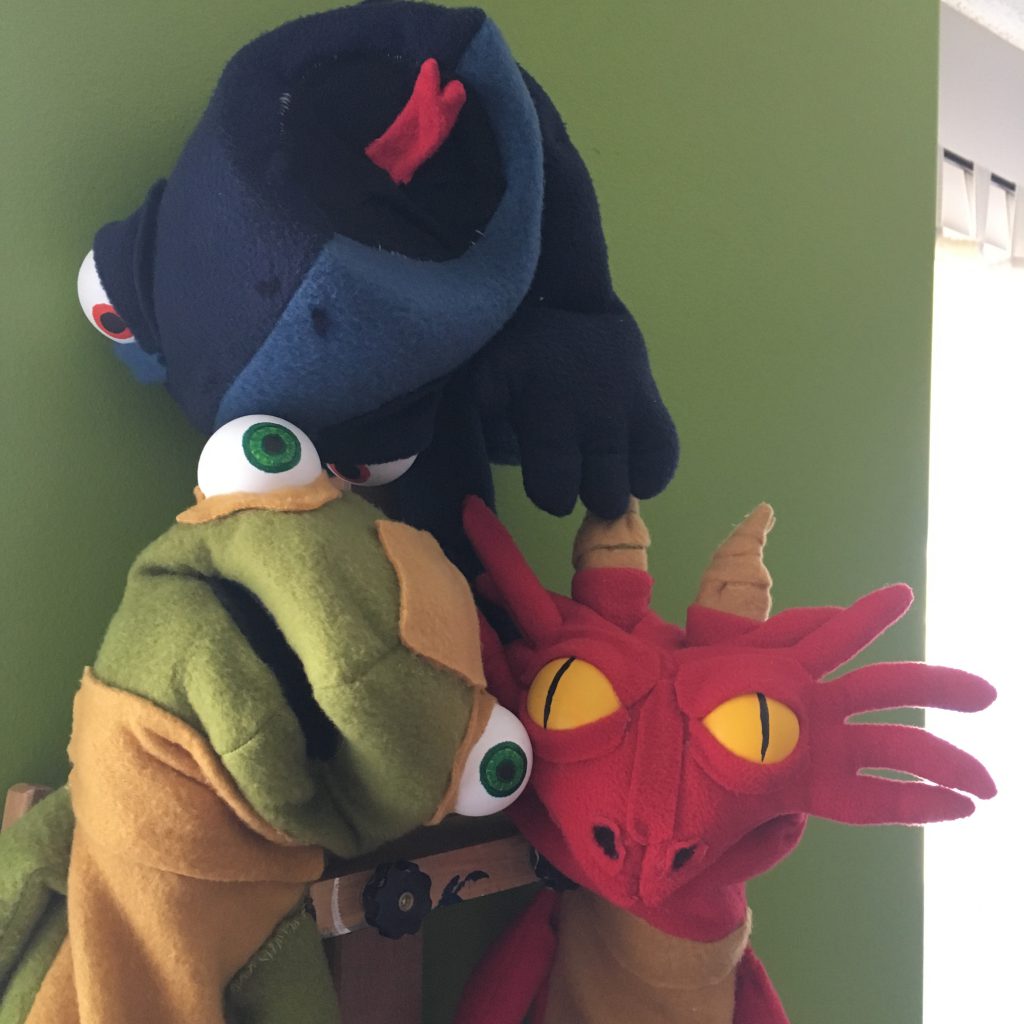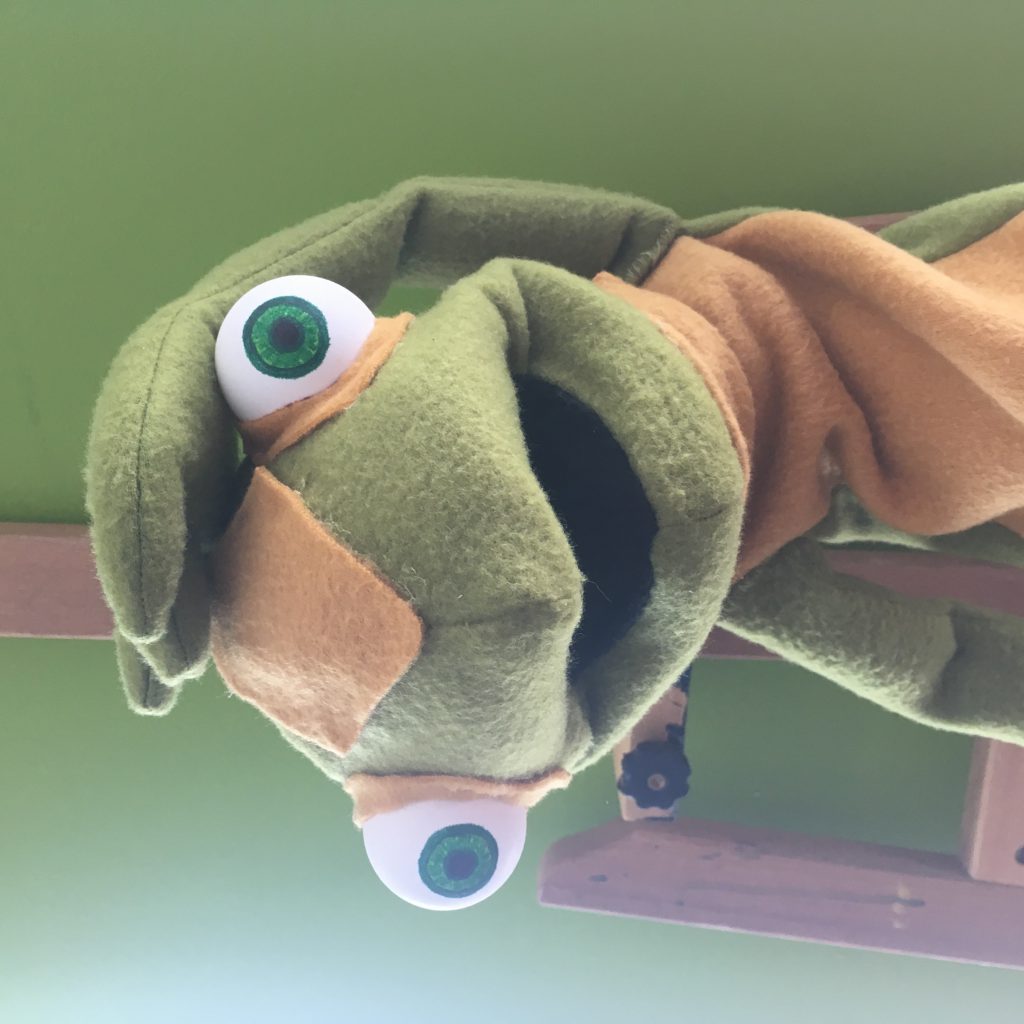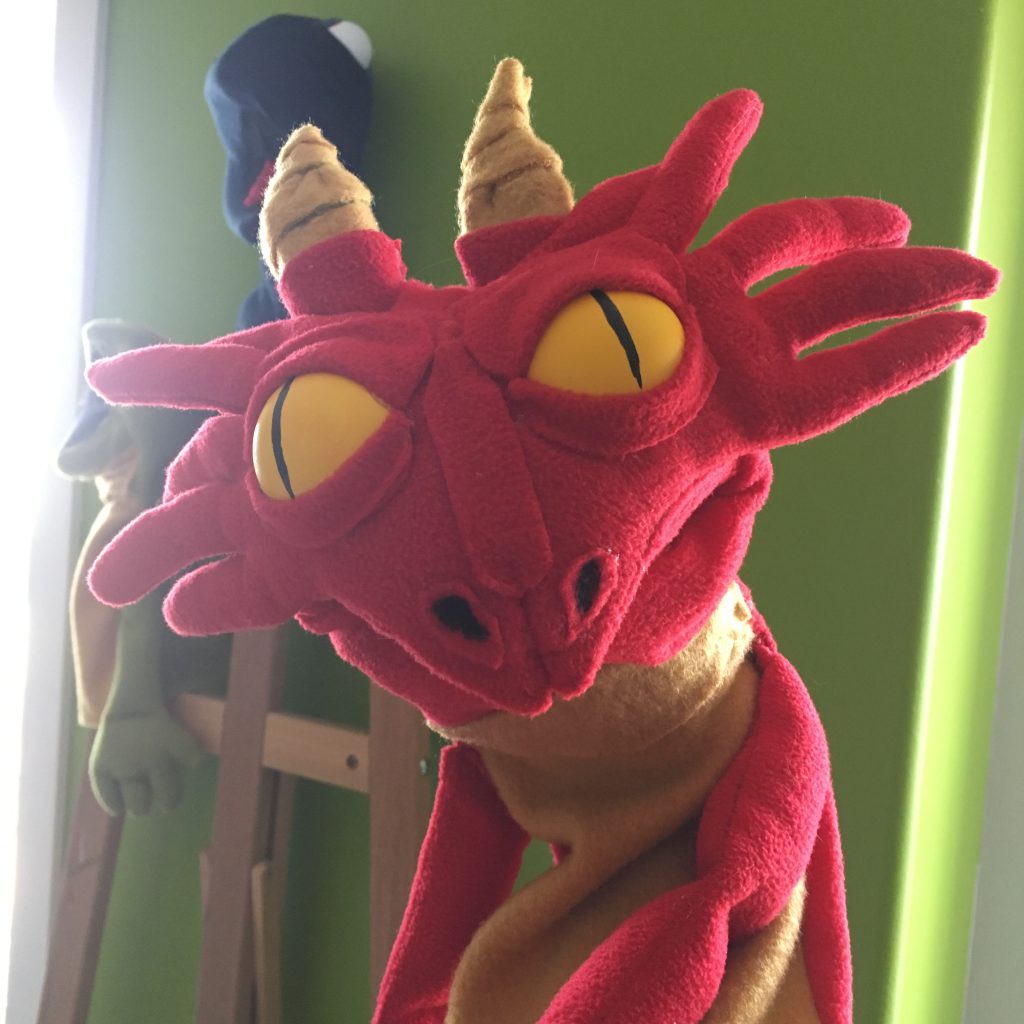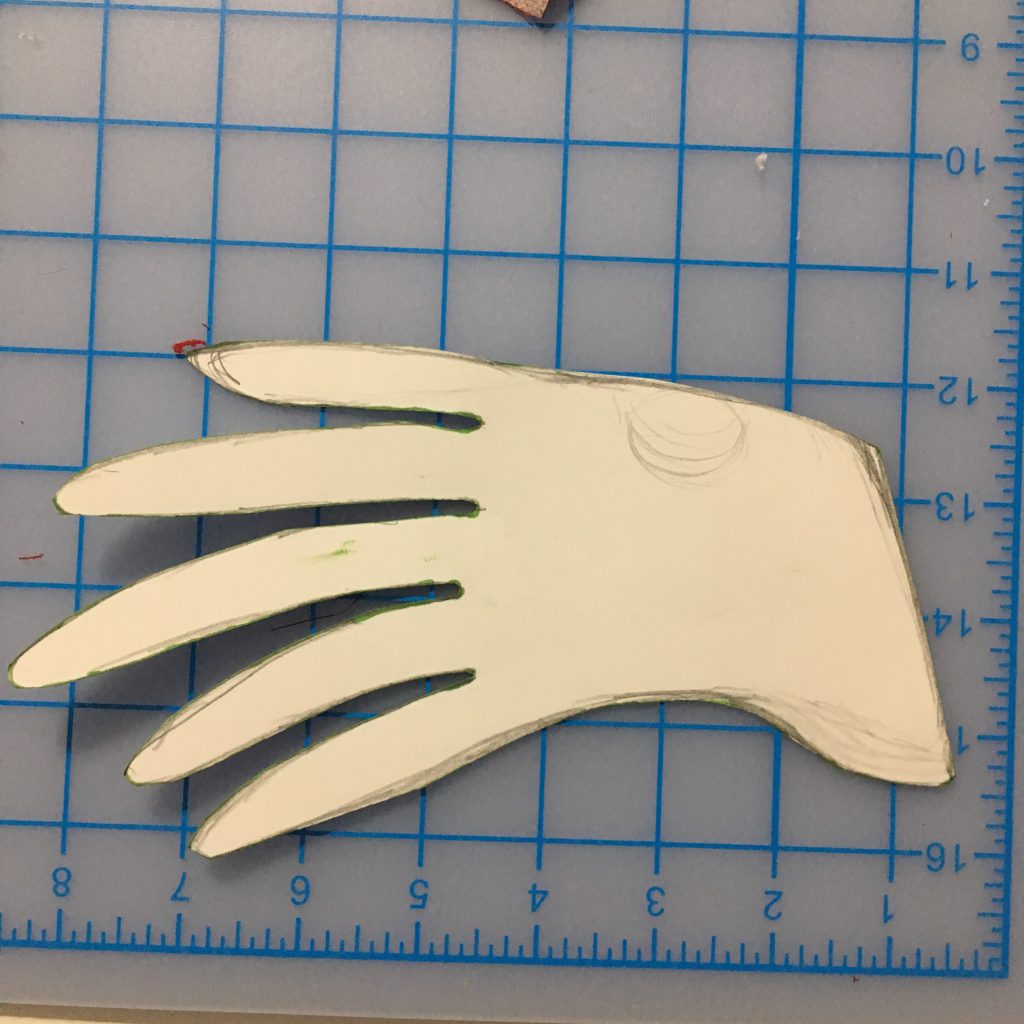I figured it was time for a little update from my notes and documentation!
So, since my last update, the project has moved forward considerably!
I also presented my Reflective Games research on a panel which I chaired at CGSA (the Canadian Games Studies Association) and had some great questions about it from other scholars, and had the chance to chair a talk by Kara Stone about Reparative Game Design and Time (in many forms — queer time, crip time, deep time). We got a lot of good questions and feedback, and I felt quite recharged by the conference.
To simplify things a little, beyond preparing for and presenting at CGSA, here are the…
Egh. As I opened the link to github with the intent of sharing my code repository, I found out about the news that github is being acquired by Microsoft, and I’m not too sure how to feel about that.
Well, at any rate, the code lives there for now, so here’s a timeline of the progress since my last blog post, along with some short descriptions and pictures.
TIMELINE
May 20th-21st:
After finishing Harle, my first puppet, I got to work on a puppet that I came to call Avi. The names of the two colours of fleece that I bought from Fabricville were Guacamole and Chai Tea, and reminded me of the colours of the inside of an avocado. So, despite the fact that Avi looks a lot like a turtle, their look is actually avocado-inspired.
I was invited to an impromptu get-together at a friend’s house, and I knew that I would have a lot of hand-sewing to do, based on Harle. So, I machine-sewed everything possible ahead of time, and brought my pins, fabric, stuffing, needle and thread over to this friend’s house. I have found that I can watch, listen and speak while handsewing, and so while we conversed and others played board games, Avi’s body came together. The next day, I added features like Avi’s eyes and other details.
May 23rd-25th:
My friend Gina suggested that my third puppet should be a red dragon, complete with wings. I had been planning to use red fabric so that the puppets are each sort of in correspondence with CMY/RGB colour theory (Avi, while not Cyan, is both green and yellow). Since Drake was my third puppet, I felt confident enough to experiment with the design, particular when it came to character details. I had this vision of fringes and crests, and, measuring against the puppet’s face, I free-handed a pattern on a piece of cardstock, cut it out, and used the same technique that is used to machine-sew the hands of the puppets to sew my fringes.
Yes, Drake is an obvious name for a dragon-inspired puppet, but I was also thinking of my Toronto friends who are huge Drake fans (in particular, the writers, artists and game designers).
May 26th-28th:
I spent the next few days working on Microbits/Neopixel code, and created a Git repository for this (not very reader-friendly but very small in size) code here.
I used the Microbits coding environment and their drag-and-drop code along with the Adafruit Neopixels package/library for the environment. It was astoundingly easy to get things up and running. I ran into a persistent problem using repetitive loops (like the While loop and the loop that allows you to repeat code multiple times) — the code couldn’t be interrupted. That meant that I couldn’t turn the signal off when I wanted to. That felt clunky, so instead, the LEDs animate a few times, and then continue to be their rainbow selves until the other button is pressed and they are turned off (this is something that I just updated yesterday, but didn’t feel like I should separate from this section — it’ll still get its own timeline entry!).
One major change was deciding to use one neopixel instead of two — basically, I didn’t want to have wires hanging around everywhere and the one LED seemed sufficient for the signal.
May 28th:
Following that, I started to design vests to hold the electronics. While I could have embedded them directly onto the puppets, I felt that it would be better not to damage the puppets and also easy to develop an agile, changeable solution if the electronics were on something that the puppets wore instead. The vests are perhaps not the most aesthetic things in the world, but on the whole, I think that they look fine. I only had time to start the basics before having to pack and get ready for CGSA. At first, I thought of using my cat’s harness pattern, but that seemed to take up too much fabric, and anyway, wasn’t based on the same shape as the puppets. This gave me the idea of using the existing puppet pattern as a base. So, using the larger puppet back pattern, I slightly altered the shapes and left room for arm holes.
May 29th – June 2nd: I was at CGSA!
June 3rd-4th:
A whirlwind of staying up too late and sewing tiny vests for puppets! After designing the shape and ensuring that it worked, I had to design a pocket for the batteries (which I talked through with Tom), a way of making the Microbits buttons easier to use no matter a person’s handedness/what hand they chose to put the puppet on, and decide on LED positioning. Tom helped me talk through the pocket decision, which due to the flexible positioning of the microbits (which are attached by velcro and can be repositioned), had to be in a specific orientation. Last night, I finished all three vests and they’re all in working order.
June 4th: After finishing the vests, I tweaked the code, cleaning it up to reflect the single neopixel, turning down the brightness of the LEDs, and making it so that the second button turned the pixels to “black” or “off” instead of to the very-bright white setting.
And that brings us to now.
NOW!
I am ready to draft rules of play for the game, but I have started to do some reading to familiarize myself a little bit with the literature on psychodrama and on sociodrama (which may actually be more what I am aiming for — systems and the experiences of a group rather than necessarily individual experiences).
In terms of narrowing down the themes of the game, I have been thinking a lot about harassment, bullying, and microaggressions. This, I think, is the confluence of a few factors: some of my friends and colleagues have recently told me about harassment which they are experiencing, my own family is facing harassment and bullying, and I just watched Season 2 of Thirteen Reasons Why.
So, I’ll be doing some reading and thinking before I sit down and commit to the rules.
On the Autoethnography side of things, I wanted to note the difficulty of tracing the influences on my thought process. This thought is based partially on this quote from a recent blog post by Pippin Barr about Translation Studies:
“One of the most difficult things about trying to actually talk about design is that it’s so ephemeral much of the time. Even with the best will in the world and the determination to pause and reflect on your design work in the moment as you make decisions, it can be hard to think of how to even frame what you’re doing, and thus hard to get words out. The most important thing in that context is to actually know what you’re trying to make, for which you can refer to design documents, artist statements, or similar. But even then it can be tricky to make the connections between some specific design decision and the high level statement of purpose.”
To really note all the overheard bits of conversation, all of the media that I am consuming (willingly or not, whether it’s the music playing in the grocery store, or an accidental glance at someone else’s phone, or all the myriad things I might scroll past on social media) that might have an influence on my process, and still have this project be manageable in scope is…just not possible.
What I can do, and what I am doing is documenting, writing notes, and recording conversations when I can clearly say that yes, this is part of my design process. I am taking notes about the things that I am deliberately consuming and thinking about as part of this design process. But there is so much going on, and for both ethical and practical reasons, it can’t all go in. So, the data is necessarily incomplete. I guess I have to make peace with that. I already have hours of conversation recorded.
On another note about productivity and scheduling: I was having a conversation with a friend and fellow designer this morning, and we were talking about what I’ll summarize as the concept of “lying fallow” — I’m not sure if others have used this term before… I feel like the answer to that is yes. These thoughts are also definitely influenced by Kara Stone’s CGSA talk, which is forthcoming as a paper, about Reparative Design. Increasingly, I am coming to recognize the importance of the times where a project is active but I am not working on it. This is something I think that I discussed in my writing earlier this year, in January and February, when I was experiencing burnout symptoms.
Now that this idea has had the time to lie fallow, all of a sudden, things are just coming together. It’s a joy to work on it. It’s a joy to talk about it. But it needed that time. And so did I — I think that, like a field that has given all it has to grow the previous seasons’ crops, I needed to rest. I needed to be taking in information and thinking about the project without worrying too much about time. My past development cycles have definitely been about these bursts of activity, followed by refinement.
Having given six months to each game project (eight in the case of the first one, though I’m hoping to not need all of those extra months, in order to be able to build more of a buffer), and knowing that I also have to do things like writing and editing (for my dissertation, for publication) as well as teaching, and y’know, taking care of my physical and emotional needs, I know that my schedule is a lot. It can be difficult to feel okay about lying fallow, but ultimately, the past year has shown me that it is a necessity.
Your faithful autoethnographer,
Doing the best that they can,
Jess





